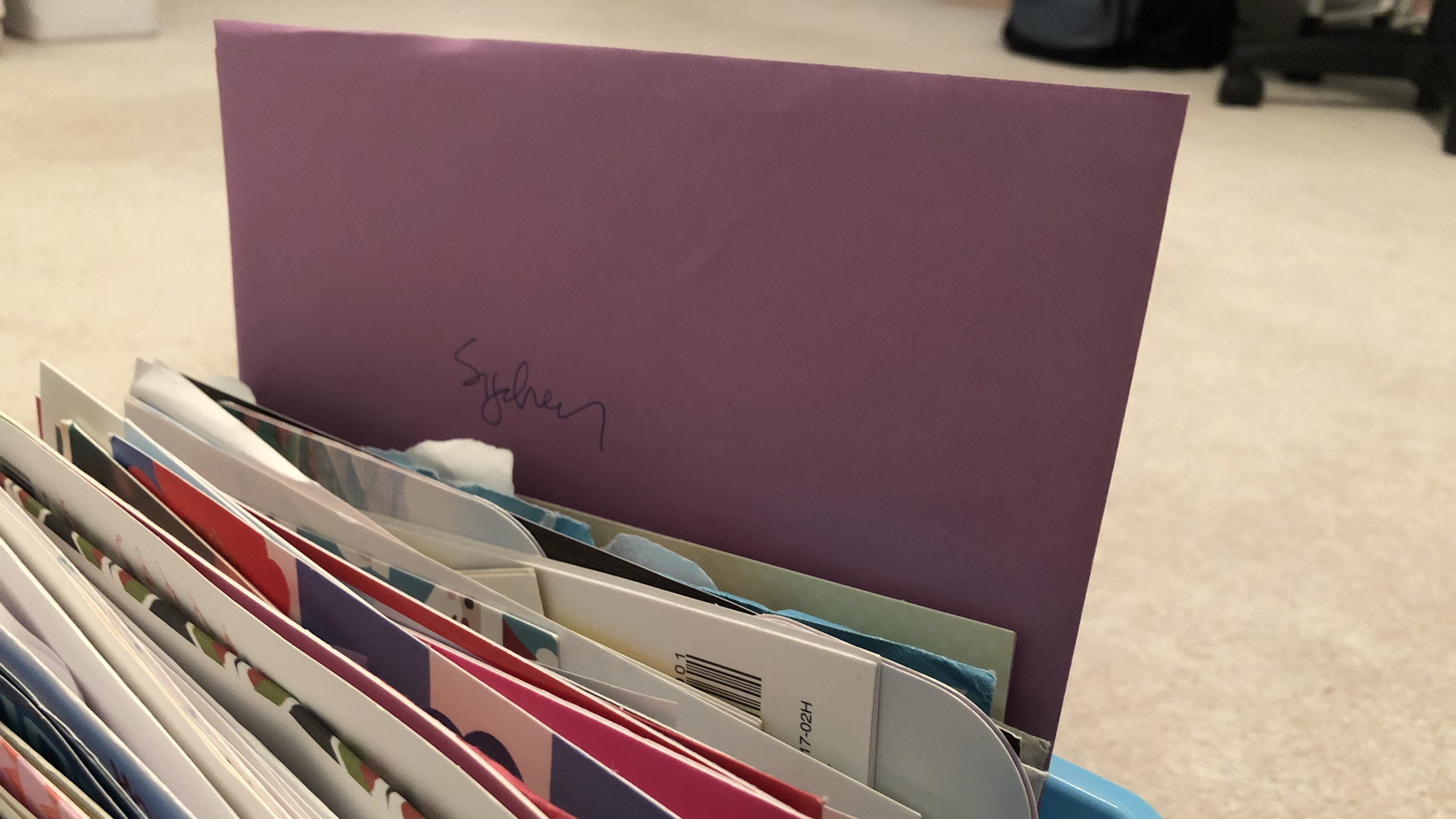Technology holds an overwhelming presence in our lives today. The glowing screens of smartphones mesmerize us; we use them constantly, from surfing the Internet to setting alarms and reminders. When we are not on our phones, we enjoy watching TV or playing video games.
One of the most beneficial aspects of technology is its ability to allow us to instantaneously connect with friends and family members. Using iMessage and WhatsApp, we message our friends around the world; using FaceTime and Skype, we converse face-to-face with our relatives. As a result, a method of communication that our ancestors employed for generations is dying: the handwritten letter.
In addition, technology use in classrooms has grown. Today, as opposed to scribbling in thick notebooks, students—especially those in college—type notes of their professors’ lectures. Yes, this method allows for faster not-taking, but at what cost?
Maybe you should consider eschewing your computer or tablet for a pen in your personal and school lives:
Personal Uses
Sending mail by “snail mail,” as we now call the old-fashioned postal service, takes time. Why should we use it when we can instantaneously connect with others via social media? Why should we write letters when we can use FaceTime to view another’s face?
Now, instead of inspecting our loved ones’ unique handwritings every time we receive letters from them, we read words in generic fonts—Arial, Calibri, Times New Roman—in emails, texts, and direct messages. Thus, we are losing a valuable personal touch to our communication.
Personally, I enjoy receiving letters. Around my birthday each year, I open the mailbox to find birthday cards containing handwritten notes from my relatives. And what do I do with those handwritten notes? I save them in a special bin in my bedroom.
But this occasion only happens once a year. During the other 51 weeks of the year, bills and magazines occupy my family’s mailbox. Sure, I receive emails and texts from my friends and relatives year-round, but they easily disappear into the mass of routine emails and texts that I receive every day. On the other hand, personal, handwritten notes from my relatives show that they care about me more than an email or a text does.
First, letter-writing is intentional. When you hand write something—anything—there is no backspace button like on a keyboard. Therefore, it is not easy to change what you’ve written unless you’re using a pencil with an effective eraser or have plenty of white-out available. Regardless, smashing that backspace key is a much simpler solution to an erroneous word, so when you read a handwritten note, you know that the writer carefully planned and intentionally wrote each and every word.
Second, sending a letter takes more effort than simply pressing “send” on an email. You have to find an envelope. Write the address on it. Put a stamp (or two) on it. Make the long (okay, maybe not-so-long) trek to your mailbox. When someone takes the time to complete these steps, you know that they value you enough to inconvenience themselves.
The extra effort of writing and sending a letter is worth it when the recipient receives your personal correspondence.
School Uses
Technology even pervades our lives at school with computers and projectors in every classroom. With educational programs such as Google Classroom, teachers assign papers and projects that students complete entirely online; increasingly rarely do we produce handwritten assignments. Oftentimes, when our teachers provide us with a choice as to type or write assignments, we opt to type; simply put, it’s faster than writing.
Taking notes on a laptop or a tablet seems like a win. While a teacher lectures, a laptop or tablet allows students to type the teacher’s words verbatim. Moreover, while taking notes out of a textbook, students can copy entire sentences and passages. This ability to record more information with less effort means that studying will be easier, and test scores will be higher, right?
Not quite. According to NPR, one study found that students remember information better when they take handwritten notes, not typed notes.
There is one possible explanation for this phenomenon. When students type notes, they just copy exactly what their teachers say or what appears in the textbook. In contrast, when students hand write notes, they first process the information and then decide what information to write down based on its importance. This extra step—processing of information—allows students who hand write their notes to remember more information than students who type their notes when it comes time for an assessment.
College professors seem to buy into this research. Many have taken a controversial stance and entirely banned technology from their classrooms, such as this University of Michigan professor who wrote a New York Times op-ed, in the hopes that their students learn more effectively.
And besides hindering learning abilities, the temptation of the Internet is often too much for bored students who tend to migrate from Microsoft Word to Facebook or Twitter during a lecture.
Whether you currently take notes using a computer or haven’t sent a letter since your mom forced you to hand write thank-you notes as a child, consider ditching that keyboard for a pen. Some say that “the pen is mightier than the sword”; well, I believe that “the pen is mightier than the keyboard.”

Leave a Reply